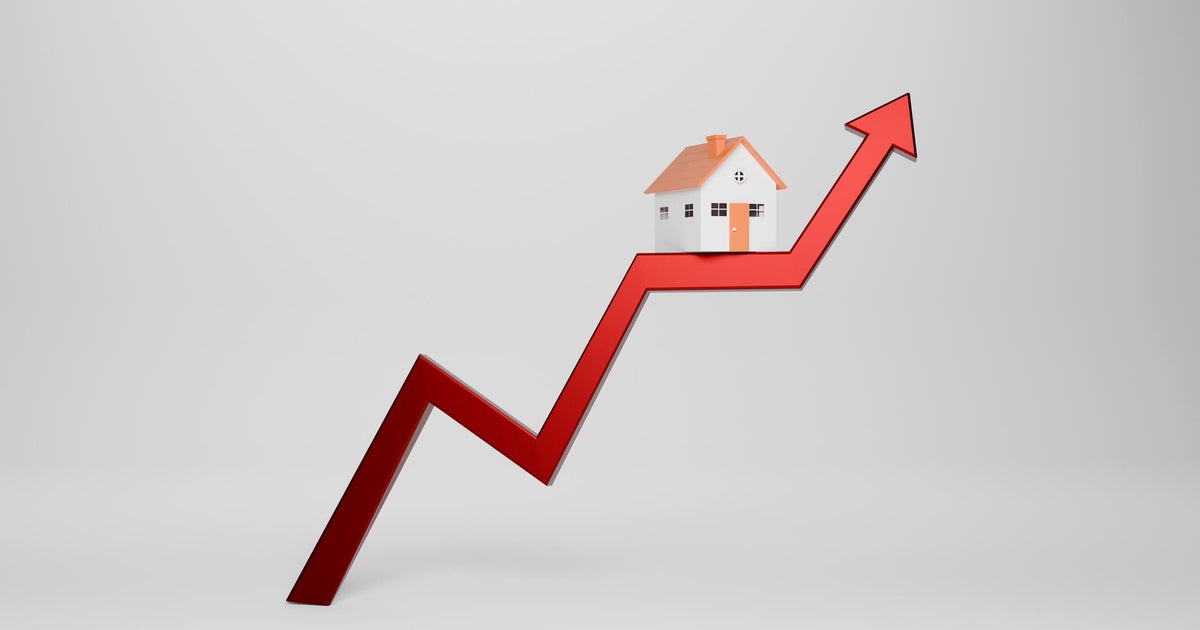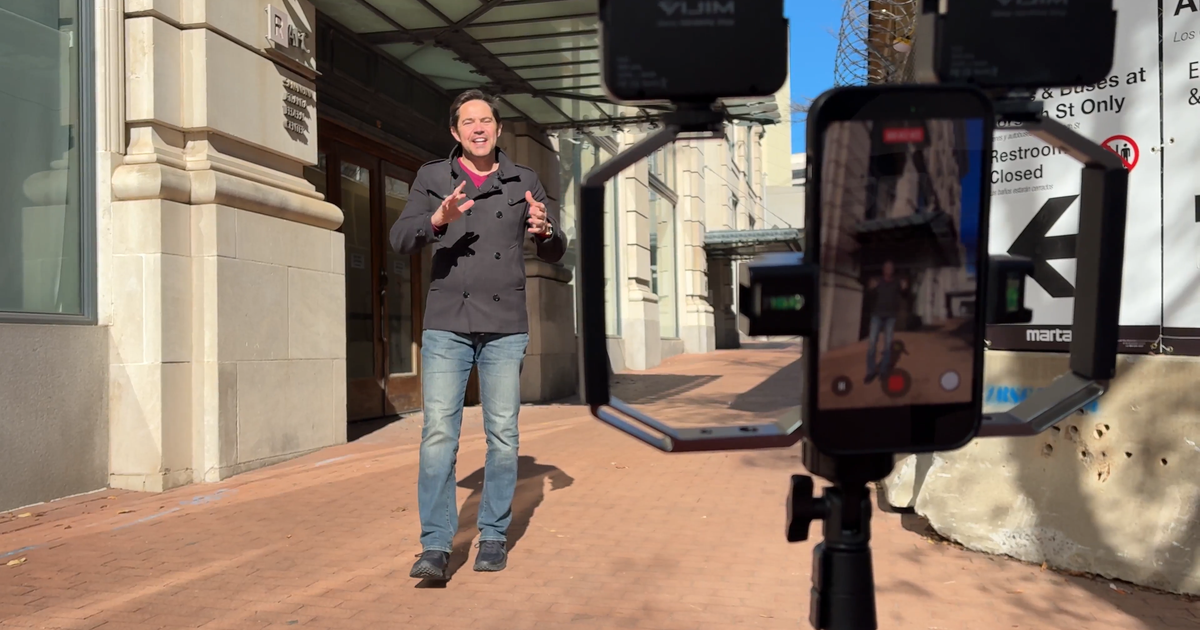How to compare HELOCs
If you own your home, you may have access to a large credit line. That's because the average American homeowner currently has around $200,000 in home equity they can tap into.
One of the most popular ways to access home equity is through a home equity line of credit (HELOC). These loans start with a draw period that usually lasts anywhere from five to 15 years. During your draw period, you'll be able to borrow as much money as you'd like up to your credit limit. You can even pay the HELOC off and borrow the money again. During this time, you'll generally make interest-only payments.
Once the draw period is over, the repayment period sets in. During this period, you'll be expected to make payments toward the principal and interest on the loan until you pay it off. Nonetheless, these flexible lending options are a compelling way to get your hands on the money you need. Read on to learn how to compare them to make sure you're getting the best deal.
Compare your HELOC options now.
How to compare HELOCs
It's important to note that HELOC interest, fees and terms will vary from one lender to the next. And you won't need to use the same lender you're using for your mortgage. Here are the most important factors to compare as you shop your HELOC options:
Compare interest rates
"Rates and terms are the biggest factors when comparing HELOCs," says Mark Charnet, founder and CEO of American Prosperity Group in Sparta, New Jersey. For most, interest will represent the largest cost associated with paying a HELOC back. So, you'll want to make sure that you end up with a competitive rate.
Today's average nationwide HELOC interest rate is 9.18%, but keep in mind that averages are the middle ground between low and high rates. So, you'll want to look for a HELOC interest rate that's below average.
Find a competitive HELOC rate today.
Compare fees
HELOCs don't typically come with closing costs like home equity loans and mortgages, but they do have their own sets of fees. These will vary from one lender to another. Here are the common fees you'll want to compare as you shop for a HELOC:
- Annual fees: This is a fee you'll pay on your HELOC yearly, much like credit card annual fees.
- Early cancellation fee: If you pay your HELOC off during the draw period and close your account, you'll probably have to pay an early cancellation fee.
- Early termination fee: If you pay your HELOC off early in the repayment period, you may have to pay an early termination fee.
Compare draw period and repayment terms
As mentioned above, HELOCs start with a draw period that usually lasts anywhere from five to 15 years. Consider how this draw period will fit in with your financial plans before you choose an option.
Moreover, the length of the repayment period will vary from one option to the next. Shorter repayment periods mean you'll have higher minimum payments. So, consider the repayment period and how it may affect your minimum payment before you choose a HELOC option.
Compare lenders
The lender you work with will make a difference in your overall experience as well. Here are a few things to consider as you compare lenders:
- Reputation: Look for a reputable lender with significant industry experience.
- Customer reviews: Look for customer reviews to see if others enjoyed working with the lender. If the majority of people who worked with the lender enjoyed their experience, chances are that you will too.
- Local offices: "Look for a lender who knows your area," says Charnet. Lenders with local offices who understand your area may give you a higher appraisal, "therefore allowing greater access to your home equity."
Compare leading HELOC lenders now.
The bottom line
HELOCs are a compelling way to tap into your home equity. Not only do they typically open the door to a significant amount of cash, they offer a flexible way to tap into your equity so you don't borrow more money than you need. Follow the tips above to compare your options when you take advantage of these unique lending products.






